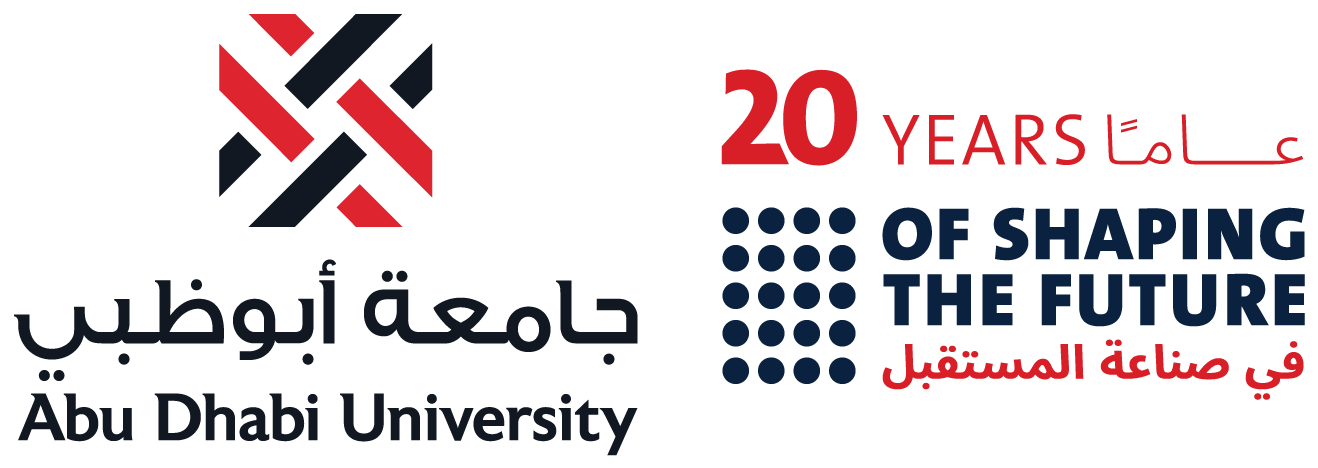In this volume, we present the most up-to-date consideration of the structure and function of the red cell. After two introductory chapters on the structure and biology of the red cell and erythropoiesis, the focus turns to the comprehensive set of diseases, either acquired or inherited, in which a quantitative (deficiency or excess) or qualitative (membrane, enzyme, hemoglobin) abnormality of the red cell results in disease. The overarching goal of this work is to unravel mechanisms regulating erythroid iron metabolism: relevance to anemias, the intermediates involved in the transfer of iron from plasma transferrin to hemoglobin in developing red blood cells, the concomitant mechanisms implicated, and identification of the defects in this pathway in hypochromic anemias. Besides its contribution to the field of iron metabolism, this research will provide new evidence of the inter-organellar interactions having the functional consequence of facilitating the transport of a micronutrient. It will increase our understanding of hypochromic microcytic anemias and will be of therapeutic importance for treating iron-related diseases such as sideroblastic anemias and thalassemias, which are among the most common disorders in the world.
References:
Hamdi, A. and Prchal, JT., 2021. The Red Cell and its Diseases. William Hematology, 385- 394 Publisher: McGraw-Hill, United States.
Amel Hamdi, PhD
Assistant Professor of Haematology and Molecular Biology
Biomedical Sciences Department
College of Health Sciences
